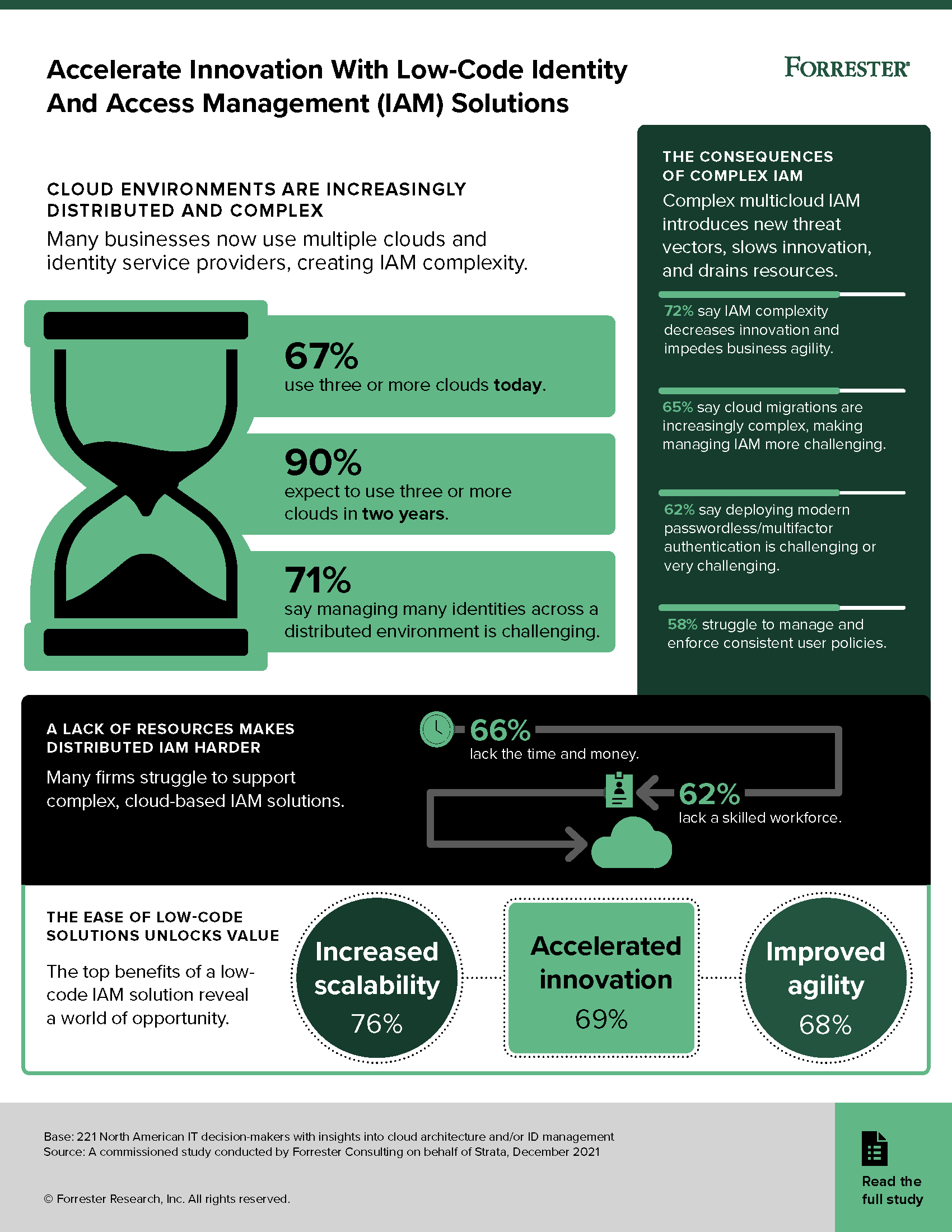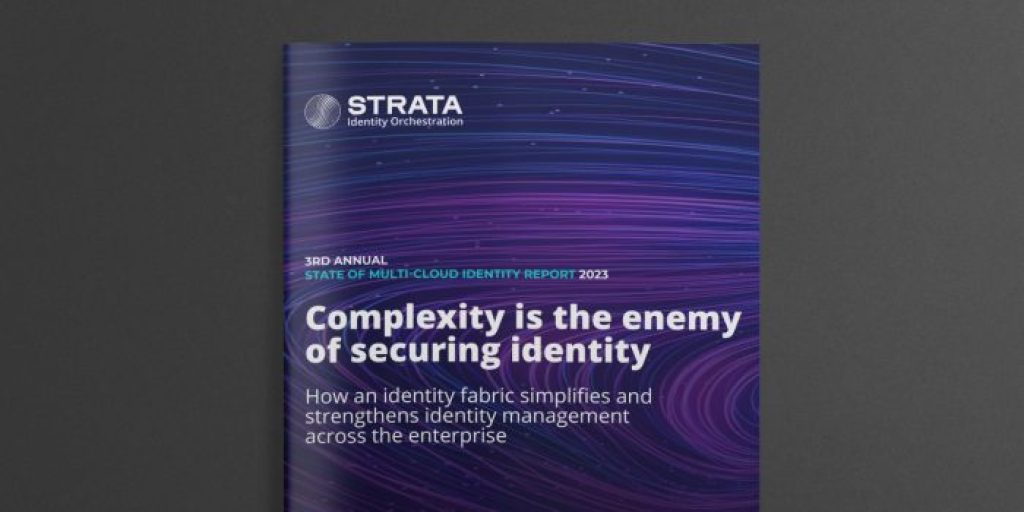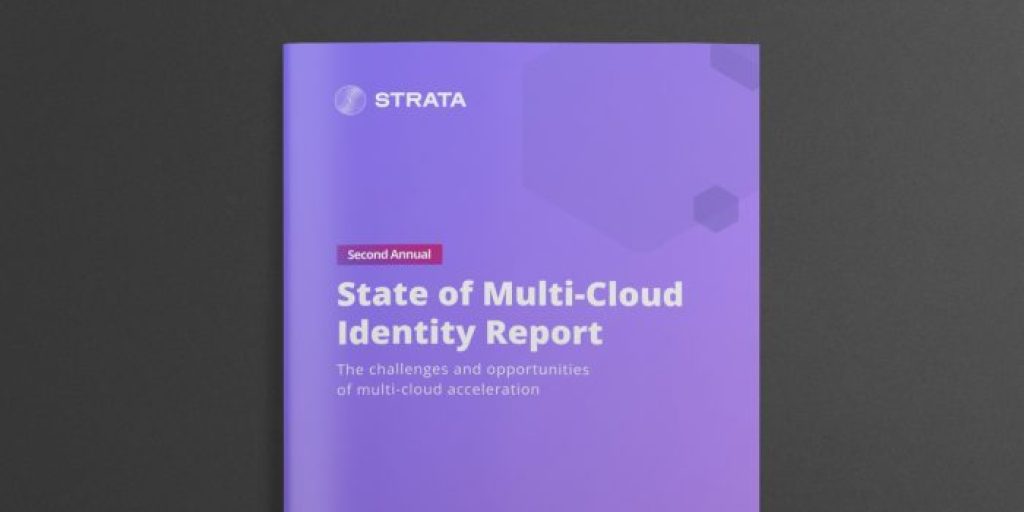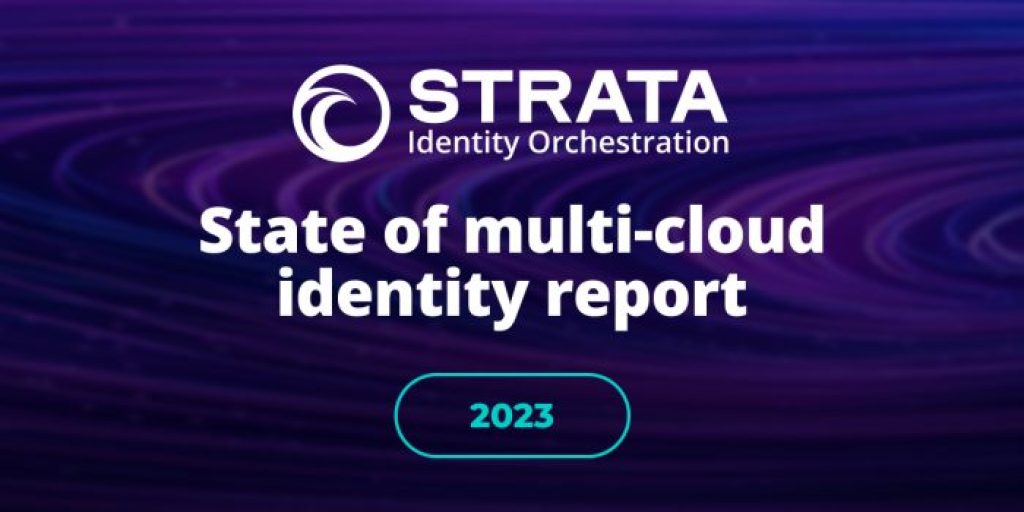Managing identity in multi-cloud ecosystems: Key findings from analyst study

The rapid pace of cloud migration has created a chasm between enterprises’ ability to modernize IT infrastructures while maintaining data protection. The increased adoption of multiple clouds has only compounded the challenges, making managing identity in distributed multi-cloud ecosystems a significant concern.
Forrester Consulting surveyed 221 North American IT leaders and decision-makers to learn what influences the transition to the cloud and what is getting in the way of successful digital transformations. The resulting report, “Distributed Multicloud Ecosystems Require a New Approach to Identity and Access Management,” shares insights into cloud architecture and identity management challenges and opportunities.
Increasing security and protecting data were at the top of the list, but also of great importance is the ability to increase scalability, unlock innovation, and improve agility. An overarching theme points to the need to achieve a Zero Trust posture and the problems along with the journey.
This article outlines the key findings from the Forrester Opportunity Snapshot report highlighting the capabilities needed for IAM tools to manage identity in multi-cloud ecosystems.
Managing identity in multi-cloud ecosystems is suboptimal
The survey respondents cited the top two strategies for their existing security practices: IAM governance (65%) and IAM in the cloud (63%). Unsurprisingly, survey respondents indicated that time and money (66%) and skills gaps (62%) curbed their capacity to upgrade their distributed multi-cloud ecosystems.
These limitations give rise to a range of related challenges, including:
- Reduced capacity to implement consistent policies (58%)
- Difficulty keeping pace with changing regulations (56%)
- Functional deficits between IAM solutions and different clouds (48%)
- User groups stuck in identity silos (40%)
- The necessity to rewrite apps when modernizing or migrating to the cloud (39%)
These constraints contribute to a significant resource drain for IT teams tasked with finding a work-around solution. We know that rewriting code, for example, is slow, costly, and frustrating. In addition, 64% of respondents described IAM management as “highly complicated in a distributed multi-cloud ecosystem.”
Respondents (72%) expressed concern about the opportunity cost of this resource drain and reduced business agility. If IT teams are tied up with tedious manual IAM, their focus is redirected away from innovation and creative projects.
The bottom line is that the enterprise’s competitive advantage suffers.
Optimizing security is the key driver of cloud migration
The commissioned Forrester study conducted on behalf of Strata Identity found that 28% of enterprises currently have four or more public or private cloud providers. In two years, 65% of surveyed firms anticipate that they will double their volume of cloud providers.
That’s a rapid transformational change with potential risks without adequate planning and skills. The study found that more than three-fourths (78%) of survey respondents identified the need to protect data and assets as “very important.”
Yet, many teams still lack the resources (budget and skills) to support migration to a distributed multi-cloud ecosystem. That leaves nearly two-thirds of surveyed firms with considerable challenges aligning their cloud and legacy on-premises infrastructure.
Complexities of multi-cloud IAM
The majority of surveyed firms (three-fourths) reported finding it “challenging” or “very challenging” to manage identities between clouds. Some of the critical issues identified by firms migrating to a distributed multi-cloud infrastructure include:
Post-transition
- ensuring failover and redundancy of identity and apps between clouds (67%)
- managing the increasing complexity of IAM from cloud migrations and tech changes (65%)
Pre-transition
- rewriting apps to modernize or migrate (64%)
- deploying modern passwordless multi-factor authentication (62%)
- integrating legacy on-premises systems and apps (62%)
There’s no denying that the challenges of managing identity in multi-cloud ecosystems are numerous. And the tasks are also considered “highly complicated,” according to nearly two-thirds of survey respondents. It would be easy to conclude that a distributed multi-cloud system is out of reach.
That logic could explain potential resistance in securing funding approval to upgrade to a distributed multi-cloud infrastructure. But those who embrace innovation are more likely to realize competitive advantages.
Investing in IAM and Zero Trust security are top priorities
Despite the list of concerns expressed by survey respondents about migrating to a digital multi-cloud ecosystem, more than half the respondents surveyed (56%) indicated that they plan to deploy a multi-cloud infrastructure.
We were keen to hear the top investment priorities for firms when modernizing their infrastructure. According to the commissioned Forrester study conducted on behalf of Strata Identity, these are the top priorities identified by respondents:
- Customer IAM (59%)
- Adoption of a Zero Trust infrastructure (56%)
- Workforce identity management (e.g., Okta, Azure AD) (43%)
- Migrating apps and identities to the cloud (38%)
This data shows that firms invest in enhanced security in parallel with their transitions to a distributed multi-cloud ecosystem. This strategy is essential for a successful transformation project given ongoing cyber-security risks and remote work trends.
An advanced solution for a complex problem
To summarize, this research indicates that:
- Distributed multi-cloud ecosystem adoption is rapidly increasing.
- Significant challenges need to be addressed for a successful multi-cloud transition.
- Multi-cloud issues are highly complicated to resolve without sufficient resources.
- New skills and resources are essential post-transition.
Survey respondents were asked to highlight the improvements they anticipated from an IAM solution. Here are the top four expectations:
- Efficiency – 60% of firms rated avoiding rewriting apps as “very important.” A low-code or no-code solution is what the majority of IT decision-makers value.
- Security – Zero Trust and least-privileged ID perimeters were in the top five priorities for fifty percent of respondents.
- Automation – To compensate for skills deficits, 55% of IT decision-makers want automated solutions for IAM.
- Integration – Effectively integrating with legacy on-premises infrastructure was a top priority for 43% of respondents.
See the infographic below for a snapshot of the study. Alternatively, download the study for full details of this commissioned Forrester Opportunity Snapshot.




